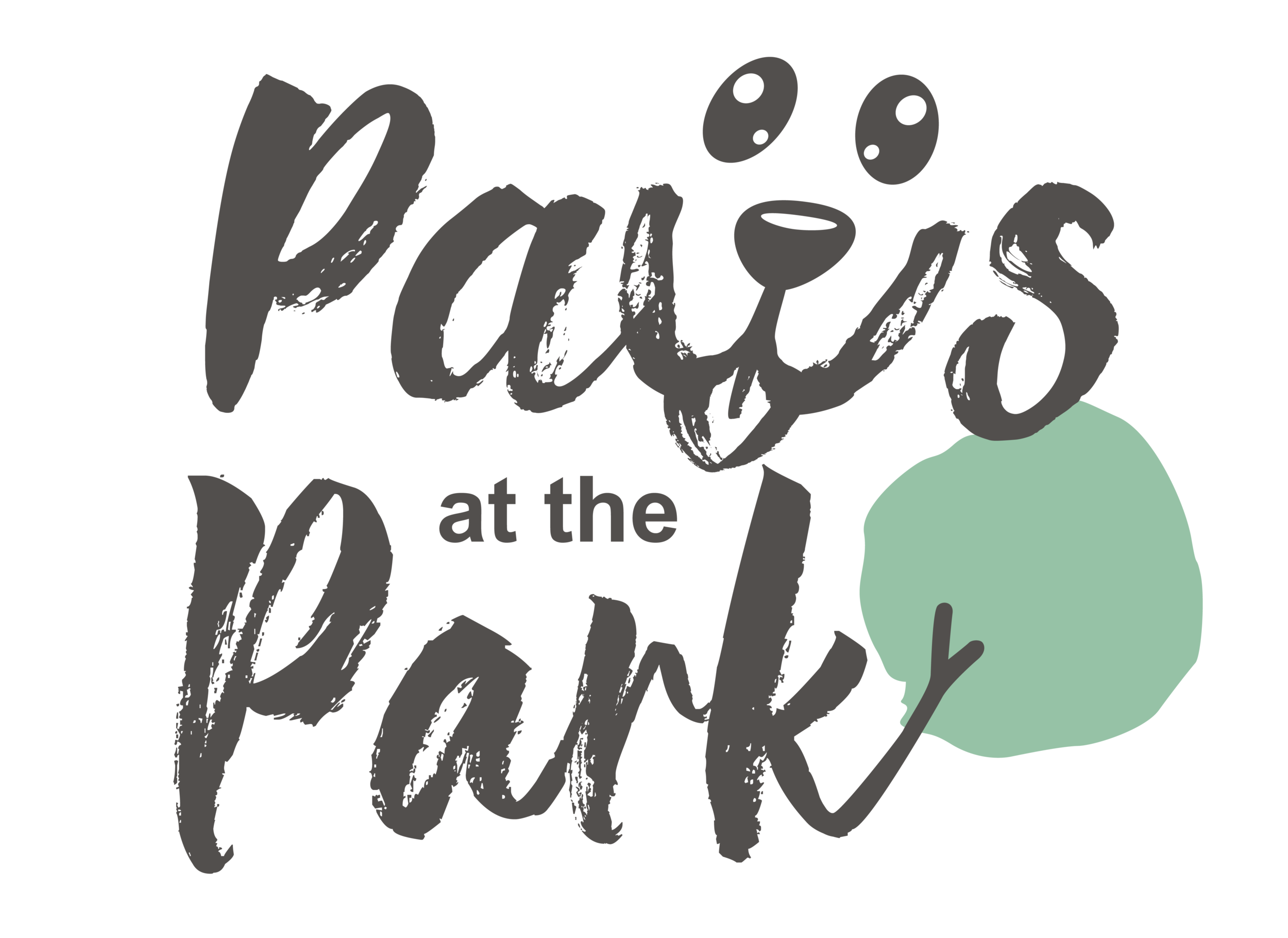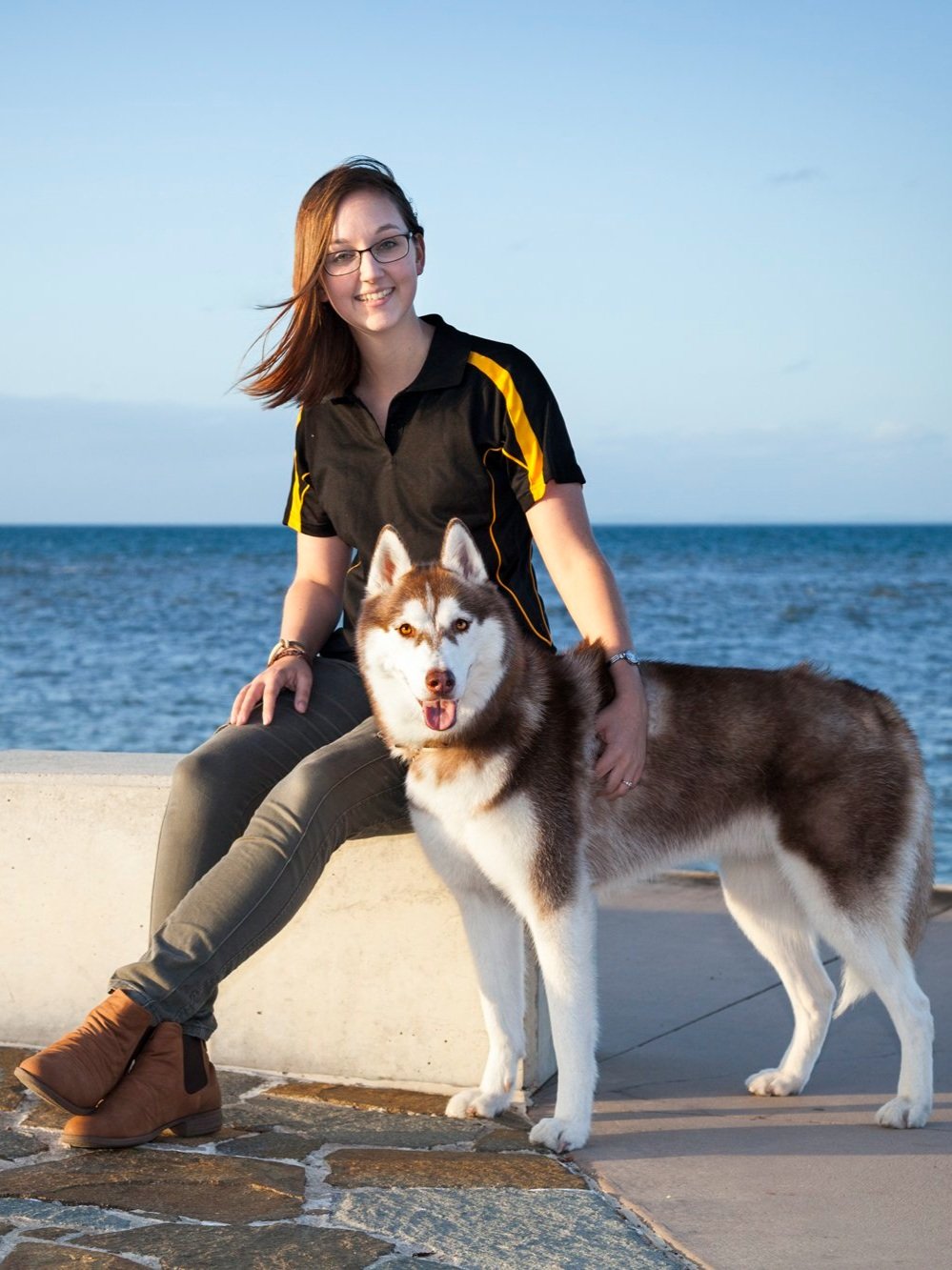Pawsitive Playtime: Navigating Gold Coast Dog Park Etiquette like a Pro
Written by Maddie Ross, Trainer at Beacon Dog Training
With this year’s Paws at the Park fast approaching, you and your dog will soon have the opportunity to check out all the fantastic stalls at Australia’s biggest dog market, as well as enjoy the famously fun off-leash areas.
To help ensure your dog has a fantastic day, and to improve all of your trips out and about, let’s talk about how to know if you should take your dog to an off-leash play area, and how to ensure they have an enjoyable, beneficial, and safe time there.
There’s ways you can help your pup have a good time in off-leash areas
Image by @angelbee27 on Instagram
Are off-leash areas good for all dogs?
Dog parks can either be a fun space for your furry friend to burn off some energy and enjoy playtime with other pups, OR they can be a disaster zone where your dog is at risk of physical or emotional injury. We humans tend to have a bit of an unrealistic expectation of how our dogs should act in social situations.
Dogs are complex creatures with various personalities, and not all dogs will immediately love every animal or human they meet. Just like some humans are more outgoing than others, each dog will fall somewhere different on the spectrum of sociability.
It’s important to note that not all dogs can thrive in a dog park, especially if it’s busy. Fenced dog off-leash areas are very complex social situations. You should only take your dog to a dog park if they have the social skills to navigate a variety of play styles and personalities. This doesn’t just mean that they are excited and happy around other dogs, but that they have the ability to listen to their playmates and diffuse tense situations. A dog can be having lots of fun at a dog park, but be very unsafe in the way they interact with the other dogs.
The best way to support your dog and set them up for success with their social interactions is to learn how to read dog body language.
The Paws at the Park off-leash area are sponsored by PetStock and EzyDog
HOW TO TELL IF YOUR Dog IS HAVING A GOOD TIME BY THEIR Body Language
Dogs communicate in many subtle ways that take practice for us to understand, and learning to interpret what your dog is saying will allow you to avoid unsafe interactions and help them get the most out of their social time.
Here are some signs that your dog is having a good time and has the necessary skills to be safe in a dog park:
They take breaks between play sessions, like sniffing the ground, going off to have a drink, or returning to their human for a pat.
They adapt their style of play to match their playmate, rather than playing with the same intensity and style with every dog.
They greet other dogs slowly, and offer play-seeking body language like play bows before starting to play.
They take turns in their play, for example being the one who is chased or the one doing the chasing.
If another dog gives body language signals requesting space (like head turns, lip licks and yawns) they listen and back off.
They are attentive to your cues and will come when called.
Here are some signs that your dog isn’t being safe in a dog park:
They rush up to other dogs, or jump on another dog to start playing without doing a play-seeking behaviour like a play bow and waiting for the other dog to do one back.
They play the same way with every dog, with the same intensity and energy, even if the other dog is overwhelmed or a different size.
They are constantly wildly excited, with no breaks to calm down in between play.
They pick one specific dog to play with and hyperfocus on just that dog.
They stick close to a resource like a water bowl, and only play with dogs who come near it.
They run constantly or run into or right past other dogs.
They don’t take turns, for example they always chase other dogs but never let other dogs chase them.
They don’t listen to other dogs who want them to back off or stop playing.
They don’t follow cues from you and won’t come when called.
We seperate our off-leash area into two sections for small and big dogs at Paws at the Park
Are off-leash areas a good place to build confidence in anxious dogs?
If your dog is anxious or nervous around other dogs or people, a dog park is not a good place to take them to build their confidence. Overwhelming them will increase their fear, not decrease it.
Think of it like tipping a bucket of tarantulas on a human who is afraid of spiders; you’re likely to absolutely terrify them, not make them feel better about spiders. Sometimes a dog who is reactive will seem to improve when flooded by their triggers, but this is because the dog is shutting down in panic rather than relaxing. When a nervous dog is completely overwhelmed in this way they will dissociate, too scared to try to defend themselves by barking.
Taking turns in their play, like being the one who is chased or the one doing the chasing, is a good sign in off-leash areas
6 ways to Set your dog up for success in off-leash areas
If you’ve determined that your dog is both enjoying playing with other dogs and has the necessary play skills to be safe in a dog park, there are some things you can do to set them up for success in off-leash areas.
Take a couple of minutes to observe the other dogs before entering the park.
Watch how attentive the humans are to their dogs, look to see if there are any dogs showing unsafe signs, and check the size and play styles of the other dogs. It’s totally okay to change your mind and play some on-leash training games outside of the fence if you are concerned that the atmosphere of the park at that time isn’t ideal for your dog.
Remove your dog’s leash before entering the inner gate.
Leashes can restrict dogs’ natural body language and make it difficult for them to communicate. If you are fussing with your dog’s leash while other dogs are coming to greet them it could cause tension between the dogs due to misinterpreted body language. If the dog park only has one gate you can hold your dog’s harness or collar until they are through.
Watch your dog attentively
And intervene if they’re not playing politely. Watch for the unsafe signs, especially if your dog is becoming overexcited or overtired.
Prevent your dog from rushing newcomers at the gate.
Call your dog away when someone new is entering the park, to give them time to enter safely and to give the new dog time to settle in without being immediately swarmed. Even very social dogs can get overwhelmed by being greeted by a large group of other dogs all at once.
Watch the other dogs in the park, and advocate for your dog if necessary.
If there are other dogs in the park behaving in an unsafe way, and their humans aren’t managing the behaviour, it’s usually best for you and your dog to leave the park.
Supervise children at all times
If you also have some two-legged children it’s important to keep an eye on your children at all times. Some dogs have never met little humans before and may react unexpectedly to their presence. It’s never a good idea to allow your children to take your pups into off-leash areas unaccompanied.
These are some great ways to help your pup enjoy themselves, not only at Paws at the Park, but at any Gold Coast off-leash area. As always, it’s also important to follow the City of Gold Coast off-leash area rules in these areas.
You can help other dogs by calling your dog away from newcomers entering the gate
On a final note
We (and your fellow Gold Coasters!) ask that you are considerate of others and pick up after your dog in off-leash areas and everywhere you visit in the city – be sure to scoop the poop and bin it.
Remember that if your dog isn’t the type to enjoy a dog park environment, or if they’re still working on building their social skills, there are plenty of other fun activities that you can do together. You could take them to a less busy open parkland or beach, work on some fun training games, take a trick or dog sports class together, or pick them up a new toy at the next Paws at the Park markets.
If you’d like to learn more about building your dog’s social skills, get in touch with Beacon Dog Training:
Website: www.beacondogtraining.com.au
Phone: 0473404378
Email: info@beacondogtraining.com.au
Happy playing!






